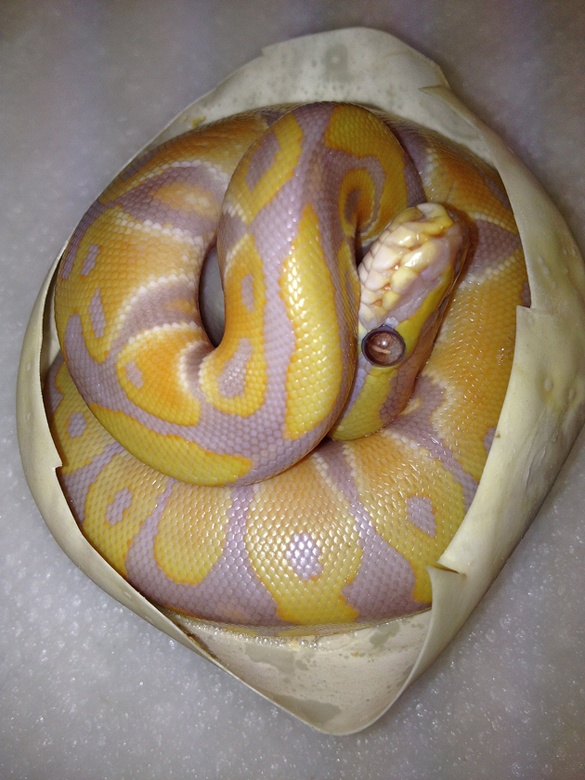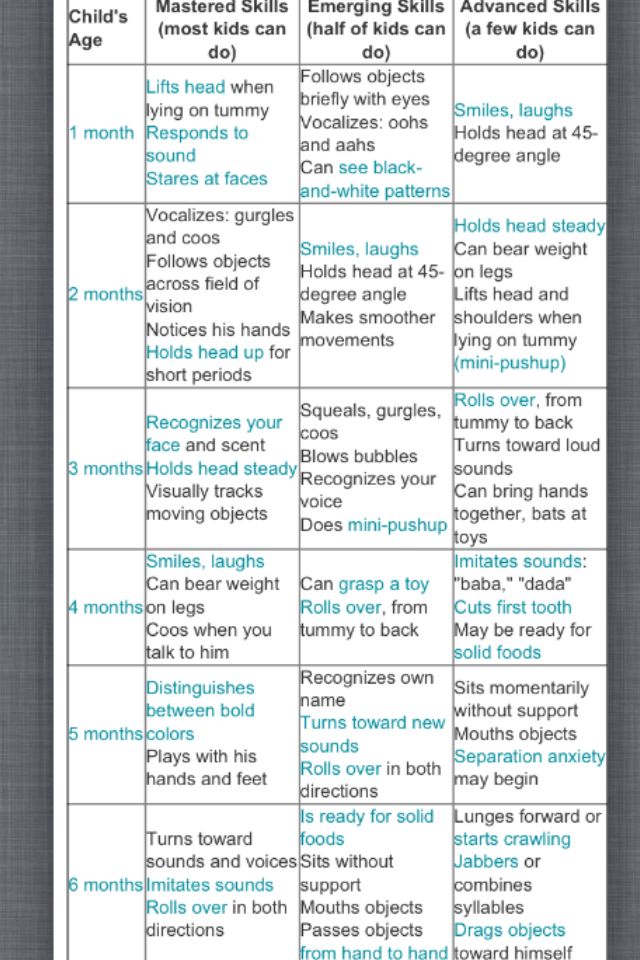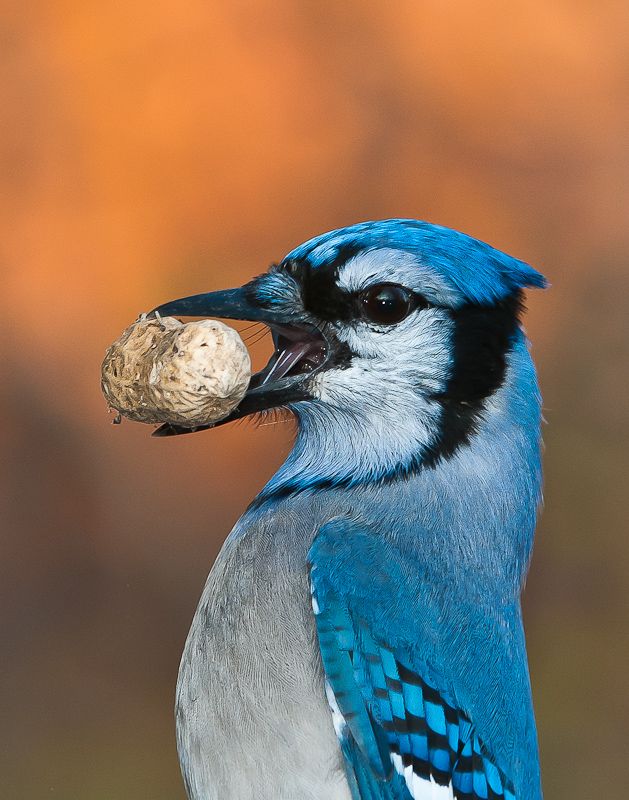Baby ringneck snake food
What Do Ringneck Snakes Eat? Ooh!
Ringneck snakes are popular pet snakes because they are small, only getting to be about twenty inches long.
In the wild, they eat a wide variety of foods, including small frogs, small toads, salamanders, small lizards, and newly born or hatched snakes.
However, pet snakes mostly eat insects like earthworms, mealworms, slugs, and crickets. They need access to fresh, clean water at all times.
Table of Contents
What Do Ringneck Snakes Eat?Pet ringneck snakes usually eat earthworms, slugs, mealworms, and sometimes crickets. They eat every few days. They also need a bowl of water daily. In the wild, ringneck snakes have a more varied diet with salamanders, small frogs and toads, small lizards, and baby snakes of species other than ringneck snakes. Occasionally, ringneck snakes will eat small fish.
Feeding Earthworms to Ringneck Snakes
There are many species of ringneck snakes, but all have more or less the same diet.
In the wild, they hunt small reptiles and amphibians like frogs, toads, lizards, and even baby snakes of species other than ringneck snakes.
Trying to feed this diet to pet ringnecks would be incredibly expensive. Earthworms are a more economical and practical choice.
The worm basically needs to be smaller than the snake. Either dig up worms from your backyard or buy them from a bait store. Sometimes pet stores will sell them.
Keep a small container or tank for keeping the earthworms alive if you cannot get to a store frequently. Sometimes, adult snakes will eat nightcrawlers, but these are often too large to eat unless cut up.
Worms need to be dusted with calcium or multivitamin powder since they lack the calcium that snakes need. Snakes eating insects do not eat the bones of other prey like salamanders that they could get in the wild.
If they do not get enough vitamin D or calcium, they are prone to metabolic bone disease. Snakes not only need proper food, but they also need proper lighting to help their bodies make enough Vitamin D.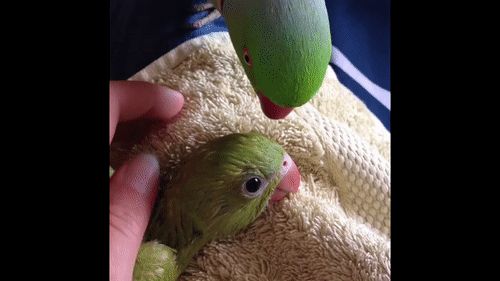
Serve on a shallow dish or even a plastic food container lid.
Keep That Snake Hydrated
Ringnecks live near water in the wild, so are used to slithering about moist soil most of their lives. Keeping moist soil in pet ringneck tanks or enclosures is usually impractical and could be dangerous.
There could be things dangerous to snakes in soil taken from the backyard. Using a dry substrate like aspen shavings is a safer choice.
However, this means that snakes won’t be able to hydrate themselves with enough water. Small, thin snakes like ringnecks have a faster dehydration rate than larger ones.
Keep a humidity hide in the enclosure. Humidity hides are small containers filled with a semi-moist substrate like moss or vermiculite.
You can make one or buy a ready-made option. Keep it in the middle of the enclosure.
Your snake still needs to have a small bowl of water in the enclosure to drink whenever he or she wants to. Snakes cannot use water bottles like many other pets can.
Snakes cannot use water bottles like many other pets can.
Although you might not see your snake drink, they do. They also like to curl up in their water bowls just before shedding.
The water will get dirty very quickly this way and needs to be changed more often. Water is especially important for baby ringneck snakes.
Feeding Baby Snakes
After hatching, baby snakes can often go up to two weeks before having their first meal because they are still living off of the yolk.
Since baby ringnecks are so tiny, often less than five inches long, and very thin, food needs to be cut extra small for them. Using scissors meant to cut up herbs is a quick way to cut earthworms up.
Baby snakes need to eat more often than adult snakes, hence, the need to offer them food every other day.
If babies are kept together, often one baby gets the lion’s share of the food. It’s best to feed babies separately to make sure each one is getting enough food.
Place the baby in a small container with the food. Supervise to make sure the baby snake not only eats but does not crawl out of the container.
Baby snakes are even more prone to dying of dehydration than adults. Make sure to set aside plenty of water for them.
Tanks or enclosures either need to use semi-moist substrate or the use of a humidity hide. Misting water on the sides of the glass tank walls helps to keep the humidity up.
Sometimes, snakes seem to prefer drinking off of the walls than from their water bowls.
Getting an Anorexic Snake to Eat
When a snake goes off its food, it’s said to be anorexic. This is not a good sign.
Although ringnecks can go weeks without eating when hibernating, pet snakes do not need to hibernate since their temperature is usually warm.
When a snake is not eating, first check to see that the tank is warm enough at about 70 to 75 degrees Fahrenheit.
If the snake is housed with others, feed the snake separately, since the other snakes get the food first. Use tweezers to touch the food to the snake’s mouth.
Use tweezers to touch the food to the snake’s mouth.
This sometimes causes the snake to strike and then eat. If the snake keeps backing away from the tweezers, then it is too scared to eat.
Try using another kind of food. If using earthworms, try mealworms. Some ringneck snakes will eat tiny pieces of raw chicken or tilapia.
Pieces should be no larger than three-quarters of the snake’s head to make it easy to swallow. Snakes that have not eaten in three weeks should see a veterinarian.
Frequently Asked Questions About What Ringneck Snakes Eat
Are Mice Part of A Ringneck Snake’s Diet?
Ringneck snakes do not eat mice, since mice are too large for such small snakes. Pet ringnecks prefer earthworms and slugs. In the wild, they also eat newts, salamanders, small frogs, small lizards, and even baby snakes, although they usually do not eat baby ringneck snakes.
Do Ringneck Snakes Eat Each Other?
Although ringneck snakes have been known to eat baby snakes of other species, they do not eat their own kind.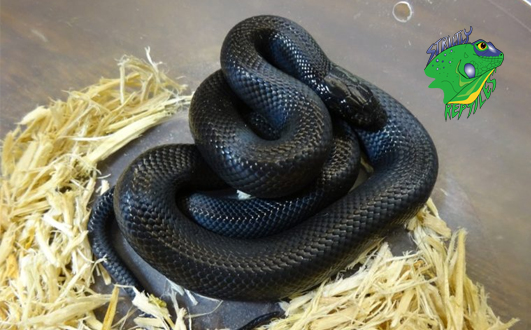 In the wild, they hibernate in colonies of up to 100 snakes. They can be safely kept together.
In the wild, they hibernate in colonies of up to 100 snakes. They can be safely kept together.
How Long Can Ringneck Snakes Go Without Eating Food?
Ringneck snakes in captivity usually feed every few days. They often will not eat when they shed. In the wild, ringnecks will hibernate and not eat at this time. If the snake has not eaten in three weeks, call a vet.
The Least You Need to Know
No matter the species, ringneck snakes eat a wide variety of critters in the wild, including newts, salamanders, small frogs, small toads, small lizards, and baby snakes. They sometimes eat fish.
Pet ringneck snakes usually just eat insects like earthworms. All food should be dusted with vitamin or calcium powder. Make sure clean water’s available always.
Ringneck Snake Facts, Habitat, Diet, Life Cycle, Baby, Pictures
The Ringneck Snake is a species of small North American snakes that belong to the harmless colubrid family. Also called the ‘ring-necked snake’, they are known for their bright coloration and their strange posture of curling up the tail-tip when threatened. Because of their secretive nature, scientific research for this snake lacks to a considerable degree, and more comprehensive investigations are greatly required. The snake gets its name from the broad band in the neck region that separates its head from the body.
Also called the ‘ring-necked snake’, they are known for their bright coloration and their strange posture of curling up the tail-tip when threatened. Because of their secretive nature, scientific research for this snake lacks to a considerable degree, and more comprehensive investigations are greatly required. The snake gets its name from the broad band in the neck region that separates its head from the body.
Table of Contents
- Physical Description
- Lifespan
- Distribution
- Habitat: Where do Ringneck Snakes Live
- Classification of Species
- Behavior
- Communication
- Diet: What Do Ringneck Snakes Eat
- Are the Ringneck Snakes Venomous (Do they Bite)
- Mating and Reproduction
- Life Cycle
- Adaptations
- Predators
- Conservation Status
- Interesting Facts
Scientific Classification
| Kingdom: | Animalia |
| Phylum: | Chordata |
| Class: | Reptilia |
| Order: | Squamata |
| Family: | Dipsadidae |
| Genus: | Diadophis |
| Species: | D.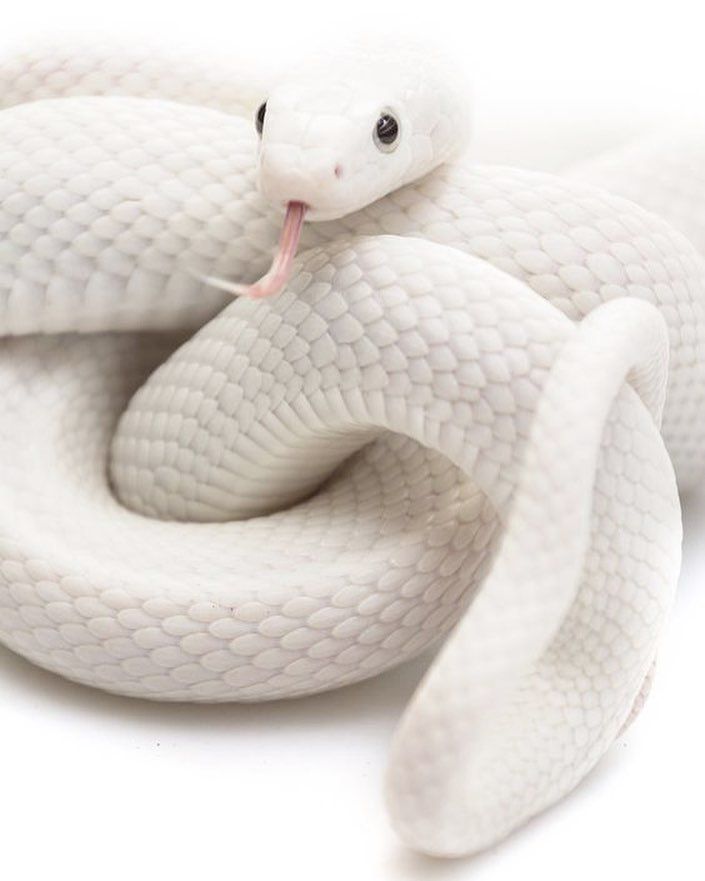 punctatus punctatus |
| Scientific Name: | Diadophis punctatus |
Table Of Content
Table of Contents
- Physical Description
- Lifespan
- Distribution
- Habitat: Where do Ringneck Snakes Live
- Classification of Species
- Behavior
- Communication
- Diet: What Do Ringneck Snakes Eat
- Are the Ringneck Snakes Venomous (Do they Bite)
- Mating and Reproduction
- Life Cycle
- Adaptations
- Predators
- Conservation Status
- Interesting Facts
Scientific Classification
| Kingdom: | Animalia |
| Phylum: | Chordata |
| Class: | Reptilia |
| Order: | Squamata |
| Family: | Dipsadidae |
| Genus: | Diadophis |
| Species: | D.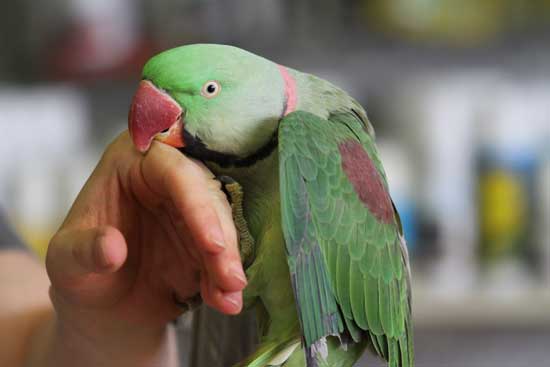 punctatus punctatus |
| Scientific Name: | Diadophis punctatus |
Physical Description
Size: The adults are usually between 10 and 15 in (25 to 39 cm) in length.
Weight: The average weight of both the male and the female is 1.32 g.
Coloration: Despite having several subspecies, they are morphologically quite similar throughout much of their distribution. The dorsal side is solid brown, olive, and bluish-gray to smoky black, divided by a bright red, yellow, or yellowish orange neckband.
Ringneck Snake
Body: The snake’s body is small and has a slender shape, with the head being the same width as the body, and the tail tapering towards the end. The entire body is covered with very smooth scales.
Sexual Dimorphism: While the male snakes typically have tiny tubercles on their scales just anterior to their vent, it is absent in the females.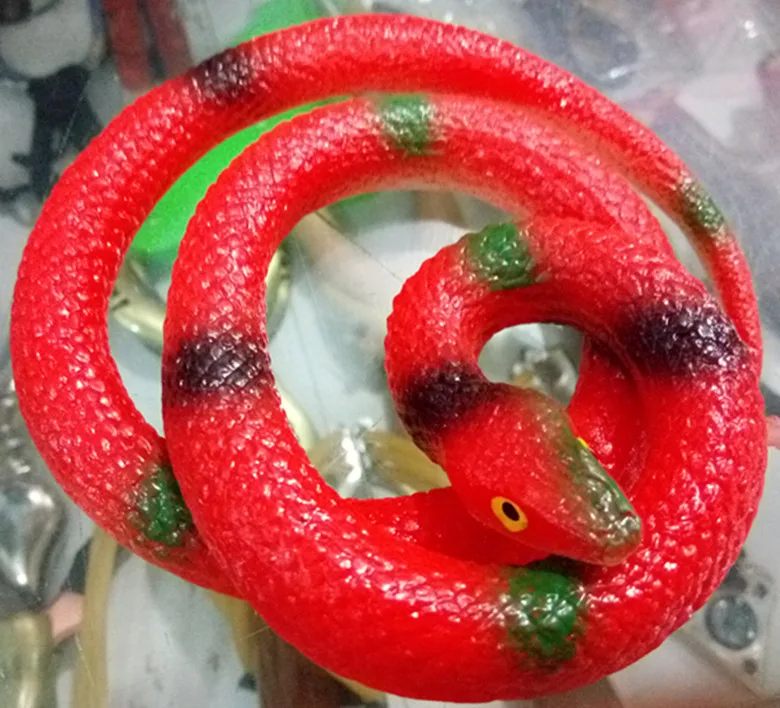 Also, the females are significantly larger than their male counterparts, with the males reaching no more than 31 cm, and the females can reach 39.
Also, the females are significantly larger than their male counterparts, with the males reaching no more than 31 cm, and the females can reach 39.
Lifespan
The average longevity of this reptile species in the wild is 10 years. However, the maximum recorded lifespan is 20. In captivity, they would live less – up to 6 years.
Distribution
The ringneck snakes are found across much of the United States, southeastern Canada, and central Mexico. Researchers believe that the species is abundantly spread throughout most of their range, however, because of their secretive nature, they are rarely seen, and hence, there is no scientific evaluation in support of this hypothesis.
Habitat: Where do Ringneck Snakes Live
These snakes prefer areas with gently moistened soil located on the banks of rivers, ponds or streams, swamps, damp forests, open woodlands, under-stone or under-bark coverage and rocky hillsides. However, they are terrestrial creatures and usually avoid direct contact with water.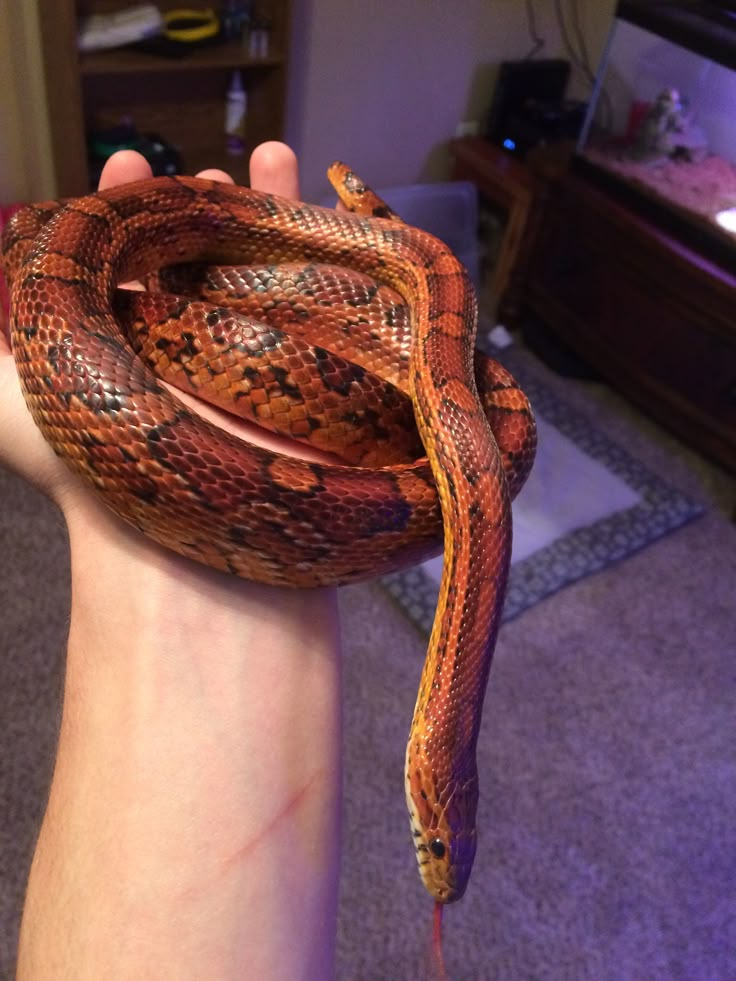
Ringneck Snake Pictures
Classification of Species
The 14 recognized subspecies of the ringneck snake are as follows:
| Scientific Name | Common Name |
| Diadophis punctatus acricus | Key ring-necked snake |
| Diadophis punctatus amabilis | Pacific ring-necked snake |
| Diadophis punctatus anthonyi | Todos Santos Island ring-necked snake |
| Diadophis punctatus arnyi | Prairie ring-necked snake |
| Diadophis punctatus dugesii | Dugès’ ring-necked snake |
| Diadophis punctatus edwardsii | Northern ring-necked snake |
| Diadophis punctatus modestus | San Bernardino ring-necked snake |
| Diadophis punctatus occidentalis | Northwestern ring-necked snake |
| Diadophis punctatus pulchellus | Coralbelly ring-necked snake |
| Diadophis punctatus punctatus | Southern ring-necked snake |
| Diadophis punctatus regalis | Regal ring-necked snake |
| Diadophis punctatus similis | San Diego ring-necked snake |
| Diadophis punctatus stictogenys | Mississippi ring-necked snake |
| Diadophis punctatus vandenburgii | Monterey ring-necked snake |
Behavior
These are primarily nocturnal creatures and are active during nighttime.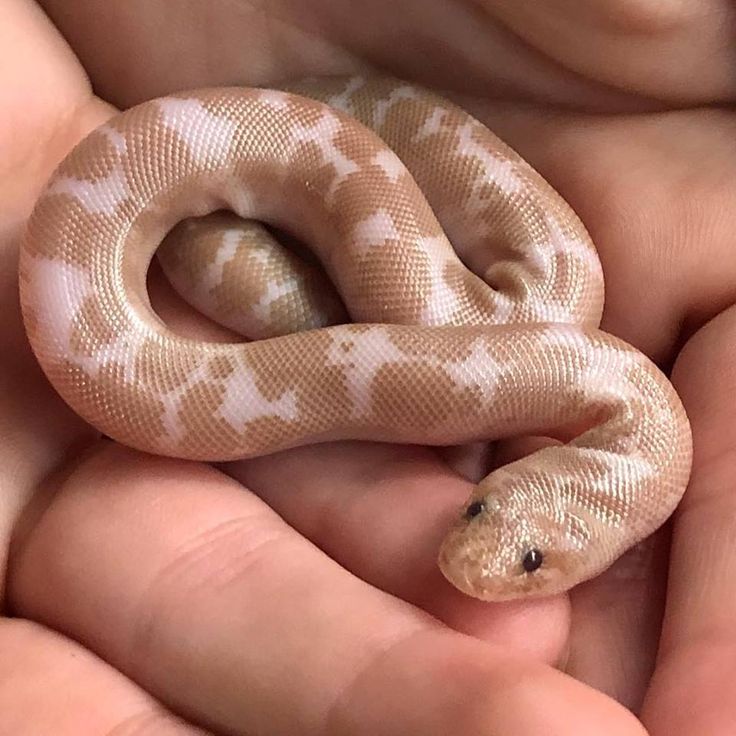 They are rarely found during the day, with some individuals come out of rock crevices to bask in the sun. The snakes return perennially to single denning sites.
They are rarely found during the day, with some individuals come out of rock crevices to bask in the sun. The snakes return perennially to single denning sites.
The snakes are primarily shy and non-aggressive species. However, they are social creatures with populations being seen living in large colonies of up to about 100 individuals. Several communities of about six or more have been studied to be sharing one single microhabitat. There is, however, no information about the hierarchical structure of their colonies as yet.
When the ringneck snakes feel threatened, they curl up their tails, exhibiting the bright reddish-orange posterior ventral surface. This is a unique defensive behavior for which they are famous.
Communication
Ringneck snakes communicate with each other using touching, nuzzling the head, rubbing, and releasing pheromones. Their perception of the surrounding environment, too, works with the help of the senses of touch, sight, and smell.
Red Ringneck Snake
Ringneck Snake Size
Diet: What Do Ringneck Snakes Eat
Frogs, small salamanders, slugs, lizards, earthworms, and the young offspring of other snake species make their primary diet list.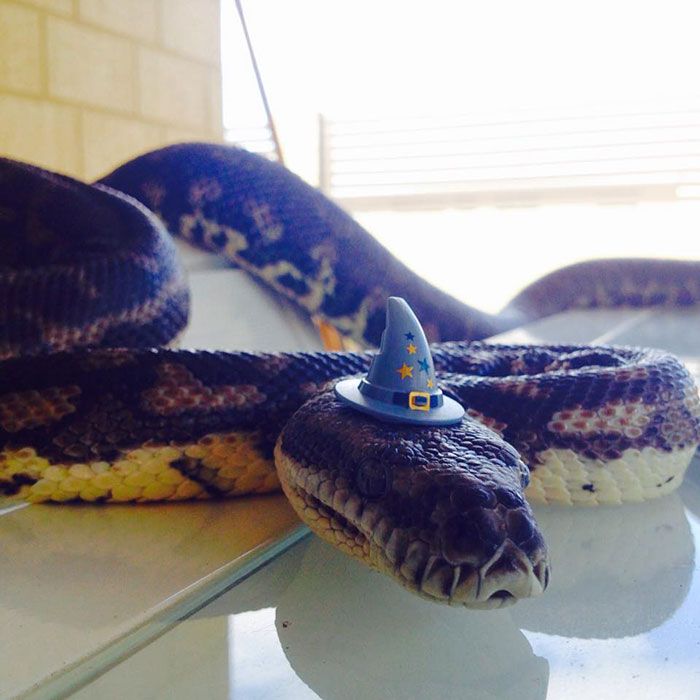 The Michigan populations (D. punctatus edwardsii) have been reported to be preying almost exclusively on red-backed salamanders.
The Michigan populations (D. punctatus edwardsii) have been reported to be preying almost exclusively on red-backed salamanders.
Are the Ringneck Snakes Venomous (Do they Bite)
Ringneck snakes are not classified as poisonous, but recent studies have found that their saliva contains a mild toxin. They are non aggressive and have tiny, rear-facing fangs that do not pose any threat to humans even when they handle the small reptile.
These snakes do not tend to bite, but even if they wish to, they cannot open their mouths wide enough to inflict a bite on a human with their tiny fangs. If they can still manage to give one, their venom is so mild, that it would feel like the sting of sweat bee.
Mating and Reproduction
When the mating season comes, the males of the species are seen rubbing their heads or closed mouths on the females, while the latter gives out pheromone as a signal for mating, while they try to attract a male.
When it comes to the act of sexual intercourse, the male will inflict a bite on the female’s neck ring, aligning each other’s bodies, with the male releasing sperm.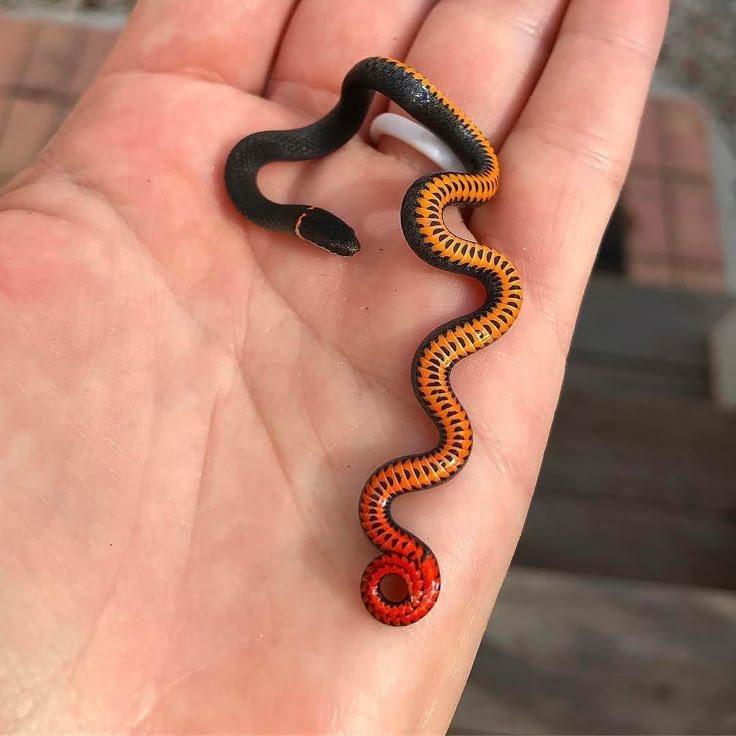 Mating usually occurs during fall or springtime, while the eggs are ready to be laid by June or beginning of July.
Mating usually occurs during fall or springtime, while the eggs are ready to be laid by June or beginning of July.
Baby Ringneck Snake
Ringneck Snake Images
Life Cycle
The female ringneck snakes would lay 3-10 eggs at a time, once each year. After deposition in some moist location, the eggs are kept covered in the wild. In case of snake colonies, they may be laid in communal nests as well.
The eggs are elongated, white in color with a yellowish end measuring about 1 inch. The baby snakes hatch out between August and September. Both the male and the female juveniles take around three years to reach the stage of sexual maturity.
When born, the babies around 8 in (20 cm). However, the males attain maturity at a smaller size, compared to the females. The eggs or the young ringneck snakes eggs do not get parental care, which is one of the primary reasons for the high mortality rate of the juveniles.
Adaptations
- When alarmed, the ringneck snakes coil their tails and raise toward the enemy.
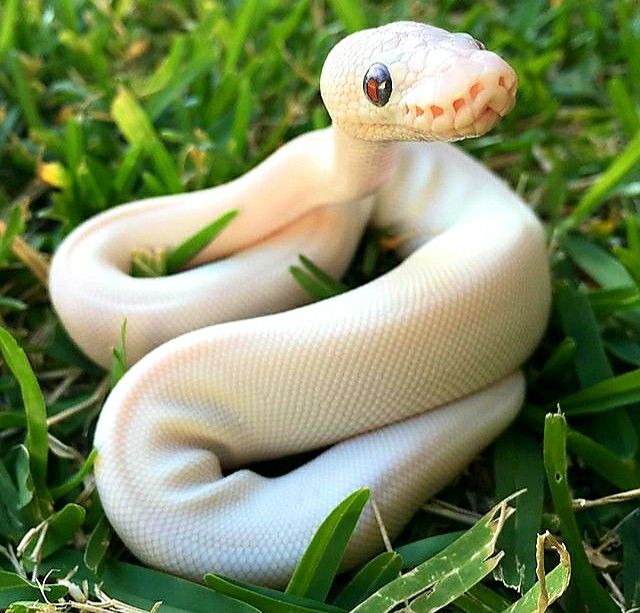 In this case, the red coloration is believed to be an adaptive method as a warning signal. It would also reveal the bright underside of its belly in the hope of frightening off its predators.
In this case, the red coloration is believed to be an adaptive method as a warning signal. It would also reveal the bright underside of its belly in the hope of frightening off its predators. - These small snakes have the ability to employ partial constriction to subdue their prey.
- The western subspecies has a behavioral adaptation of pretending dead on provocation.
- As a defensive mechanism, the serpent, when handled, releases a musky saliva from the mouth with a pungent, clinging smell.
Predators
The primary enemies of the ringnecks include larger snakes like coral snakes, king snakes, and racers. Other animal species like shrews, armadillos, bullfrogs, skunks, wild hogs, possums, and screech owls also prey upon this small snake. Even centipedes and large spiders have been seen feasting upon the young ones.
Picture of a Ringneck Snake
Ringneck Snakes
Conservation Status
The IUCN 3.1 has enlisted the ringneck snake under their ‘LC’ (Least Concern) category.
Interesting Facts
- These shy, secretive serpents have been rarely observed mating, amounting to about six recorded sightings.
- Owing to its vibrant coloration and calm temperament, the ring-necked snake is a popular choice in the exotic pet trade market.
- This snake occupies one of the most extensive geographic ranges of any snake species of North America.
- It is the only species of the genus Diadophis, which is also its generic name.
- Since their bright ventral side is covered with numerous dark spots, the species gets its specific name punctatus, meaning ‘perforated’ or ‘punctured’ in Latin.
Related Articles
Comments
Royal python - description, care, feeding, maintenance and breeding at home ? Let's talk about its origin, features and content at home.
PANTERIC pet store
107023, Russia, Moscow, m. Semenovskaya, st. Malaya Semenovskaya, 28, building 13
+7 (499) 391-80-00
The royal python has long won the love of terrariumists.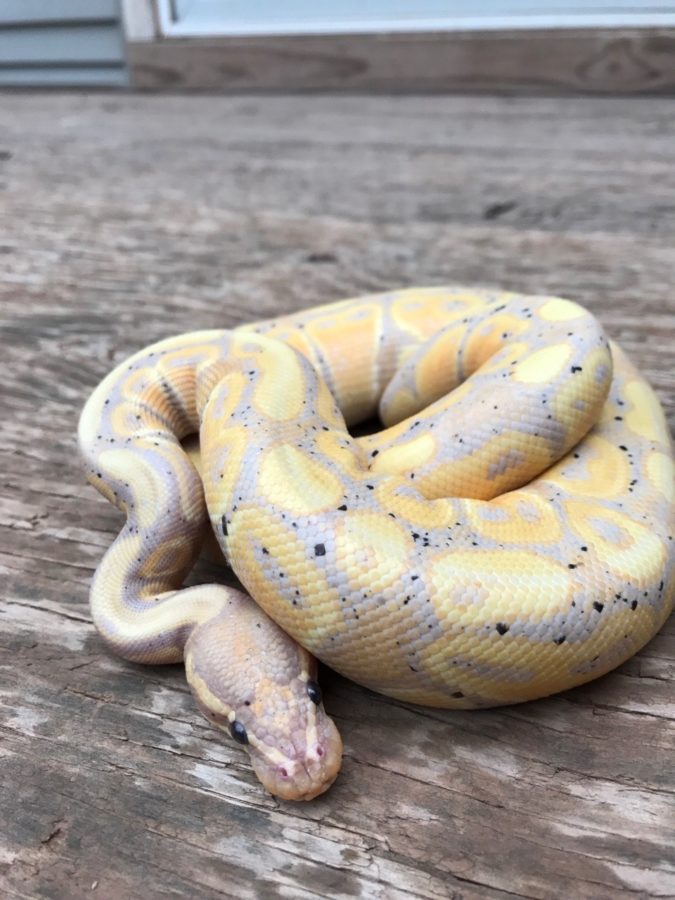 Despite its length and heavy weight, the snake impresses with its calm disposition, ease of maintenance and beauty. With proper care, such a pet will live 20-30 years. Let's take a closer look at the species, talk about its origin, features and content at home.
Despite its length and heavy weight, the snake impresses with its calm disposition, ease of maintenance and beauty. With proper care, such a pet will live 20-30 years. Let's take a closer look at the species, talk about its origin, features and content at home.
This reptile belongs to the genus of true pythons. Scientists note that the snake has not gone through the full path of evolution - this is evidenced by the presence of two light and rudimentary hind limbs. The ancestors of the predator were mosasaurs and giant lizards.
In the photo of the royal python, you will immediately notice its main features. The first is a pronounced large flattened head. The second is the characteristic coloration. Contrasting spots go all over the body of the snake, the color is beautiful and memorable, however, there are morphs in which the pattern is changed, has the form of stripes or is completely absent. The lower part of the individual is usually pale, without a pattern.
Females are usually larger than males.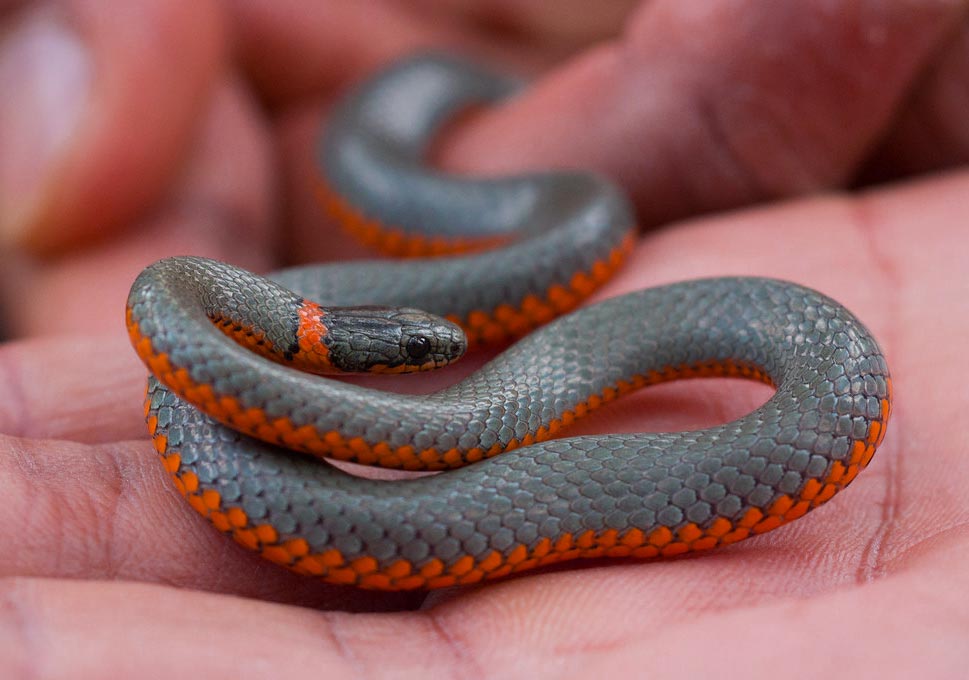 In its form, the python is one of the smallest - its length rarely exceeds one and a half meters.
In its form, the python is one of the smallest - its length rarely exceeds one and a half meters.
There are especially many such snakes in Africa, large populations are found on the territory of Senegal, Mali and Chad. Reptiles are very fond of heat and humidity. They can often be found near water bodies.
The king python spends a lot of time in its burrow, where it sleeps and lays its eggs. It is not uncommon to see reptiles near people's homes. Interestingly, people usually do not resist such a neighborhood, because the snake does a good job of exterminating small rodents.
Keeping a royal python at home must be accompanied by proper feeding. This reptile is carnivorous. Mice, rats, quails or chickens are fed. For domestic snakes, food should be stored frozen, and served only brought to room temperature or even better slightly warmed up on a lamp or battery, as they react to heat.
The feeding mode is selected individually. It is directly affected by the age, weight of the royal python, conditions of detention.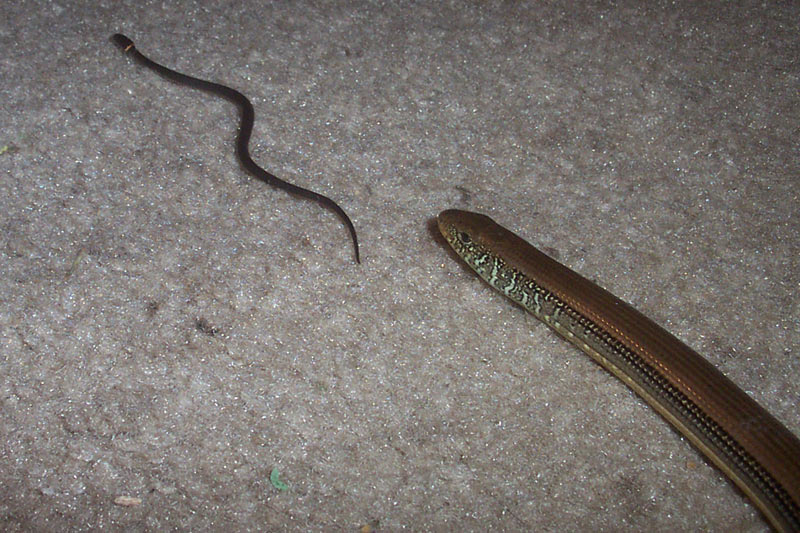 Young animals can eat 1-2 per week, older ones - 1 time per 1-2 weeks.
Young animals can eat 1-2 per week, older ones - 1 time per 1-2 weeks.
In winter and during the rutting period, the snake may refuse food for several weeks. Do not worry, because in nature the reptile behaves the same way.
It is very important not to overfeed the snake. One of the potential problems of keeping at home is pet obesity.
The reptile loves to swim and moves quickly in the water. On land, it is not so agile, although it can crawl through trees, climb into hollows and nests created by other animals. She leads a predominantly terrestrial lifestyle.
Pythons are loners. They can form a pair only for a short period to continue the family during the mating season. The inhabitant of the terrarium becomes active at night, sleeps more often during the day.
The snake tolerates the neighborhood with a person very well. She does not attack children, does not bite, unless she considers that you are a mortal danger.
The conditions for keeping the royal python should be as close to natural as possible. There are some important tips for setting up a terrarium:
There are some important tips for setting up a terrarium:
- The place must be spacious. It is best if it is horizontal. The optimal terrarium size for an adult is 90×45×45 cm. For a male, you can take a smaller terrarium — 60×4 5×45 cm. You can immediately purchase a large terrarium, as reptiles grow quite quickly. It makes no sense to buy a small one only for the first six months.
- The terrarium must be ventilated and have secure doors so that your pet does not run away, royal pythons are very curious.
- A woody substrate is poured onto the bottom, such as Rain Forest or Forest Bark. You should not use coconut substrate or shavings, as it is designed for high humidity, which the python does not need, and in the dry state it is very dusty, clogging the snake's airways.
- It is important that there are 1-2 shelters in the terrarium: in warm and cold corners. So the python will be able to choose a comfortable temperature for him.
- Be sure to provide a small pool of water for the reptile to drink from.
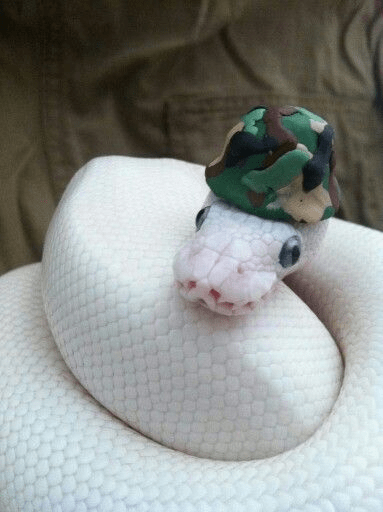 He must be stable.
He must be stable. - Avoid excessive moisture. Increase humidity during your pet's shedding season.
Several temperature zones are created inside the terrarium. Heating is regulated depending on the time of day. General recommendations:
- The temperature in the warm zone should be between 33 and 38 degrees.
- In the cold - 24-26 degrees.
- At night, the heating can be left on, but no additional heating means should be installed without the recommendation of a specialist.
The terrarium uses fluorescent lamps. For a reptile, a combination of day and night mode is important. The day lasts about 12 hours, in summer it can reach up to 14. Our specialists will help you choose the lamps for the correct change of light modes.
Our company supplies baby and adult king pythons. Our pythons have been bred in captivity for several generations. We will help you choose everything you need to equip the place of detention, provide high-quality feed, answer all questions about care, hygiene, reproduction, and treatment.
You can also watch an informative video about the royal python prepared by our specialists, photos. Call, write or visit us in person.
See also
How and in what to transport lizards, chameleons, geckos, snakes and other reptiles and amphibians?
07/08/22
1085
In this article we will describe how and what to bring pets to our hotel or to a doctor's appointment.
How to travel correctly and safely with the least stress for the animal.
Bearded dragon: keeping at home and care
01/11/21
72458
Bearded dragon is an obedient and easy-to-care pet. In the article, we have collected the most important information on how to properly organize the life of an animal.
Arrangement of a terrarium for a chameleon
09/22/21
6408
Let's talk about how to create comfortable conditions for a reptile and organize proper care.
All instructions
what is important to know what to feed, recommendations
Published: 08/27/2020 Reading time: 5 min. 9034
Share:
The snake as a pet is a growing phenomenon. These beautiful animals attract with elegance and unpretentiousness. Royal pythons are especially in demand. It is believed that this snake is suitable for beginners: it is not very active, rather unpretentious and non-aggressive. The size of the royal (or ball python) is 1–1.5 m, it has a thick muscular body, an elegant triangular head - this is a very beautiful snake.
Contents
- What should be the contents of a python
- What and how to feed a snake
- Reptilife for python health
What should be the contents of the python
The snake does not need constant daily care, but in order for the reptile to be healthy and live a long time, you need to create suitable conditions for it:
- spacious terrarium.
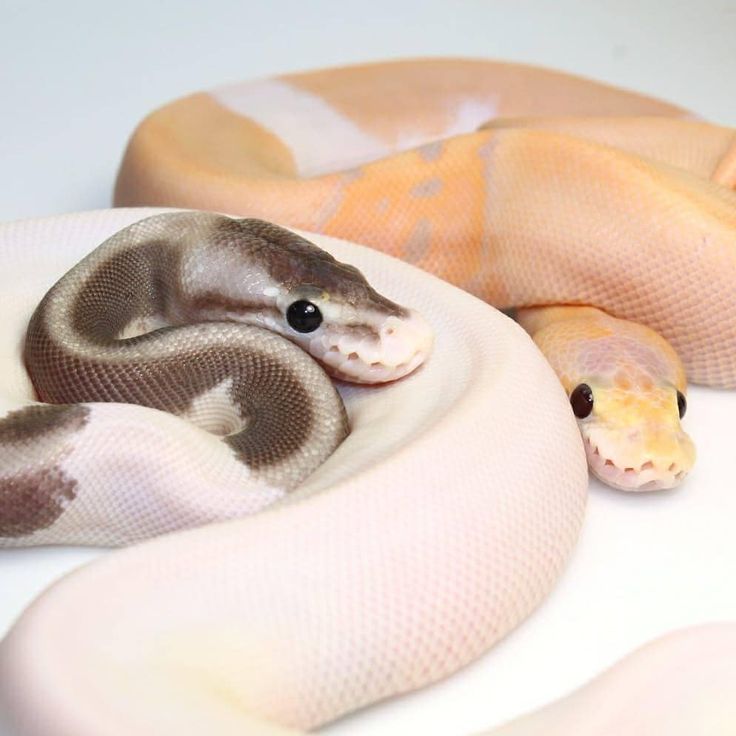 The dimensions depend on the dimensions of the python: it should be comfortable to be inside;
The dimensions depend on the dimensions of the python: it should be comfortable to be inside; - volumetric drinking bowl-pool. Snakes do not just drink from water containers, they also swim there, so there should be a lot of water, and the drinker itself should be well fixed;
- temperature regime. In the coldest corner, the temperature should be at least 26 ° C, in the warmest - up to 32-36 ° C. The background temperature comfortable for a python is about 28 °C. The optimum humidity is 80-90%.
What and how to feed a snake
Python is a predator. During the hunt, he strangles and swallows the victim whole. It can digest what it eats for several days or several weeks, depending on the size of the object. At home, the snake should be fed with food that is as close as possible to its natural prey.
- As a rule, owners of snakes buy food mice or rats, frozen or alive, in pet stores. Some pythons do not perceive an already dead mouse, since there is no thermal radiation from it.
 To make the food more attractive, it must be warmed in water to a temperature of 40 degrees;
To make the food more attractive, it must be warmed in water to a temperature of 40 degrees; - The first meal after the first lace shedding is very important. A young python cannot starve for a long time, and it must be fed. So get ready to be flexible in your choice of food items and offer your python mice, rat pups, or even young gerbils. In the most extreme case, force-feeding is used, but only under the supervision of an experienced specialist;
- frozen rodents are much more convenient as food, but require snake habituation. Be sure to check if the carcass is completely defrosted;
- frequency of meals depends on age. The interval between feedings of cubs should be 4-5 days, an adult python - from 1 to 3 weeks. Keep in mind that pet snakes are prone to obesity, so adjust your meals according to your pet's condition. Female pythons tend to be more voracious and larger;
- sometimes the snake refuses to eat. This is normal if the hunger strike does not last too long, although it is royal pythons that can starve for no reason for up to six months.
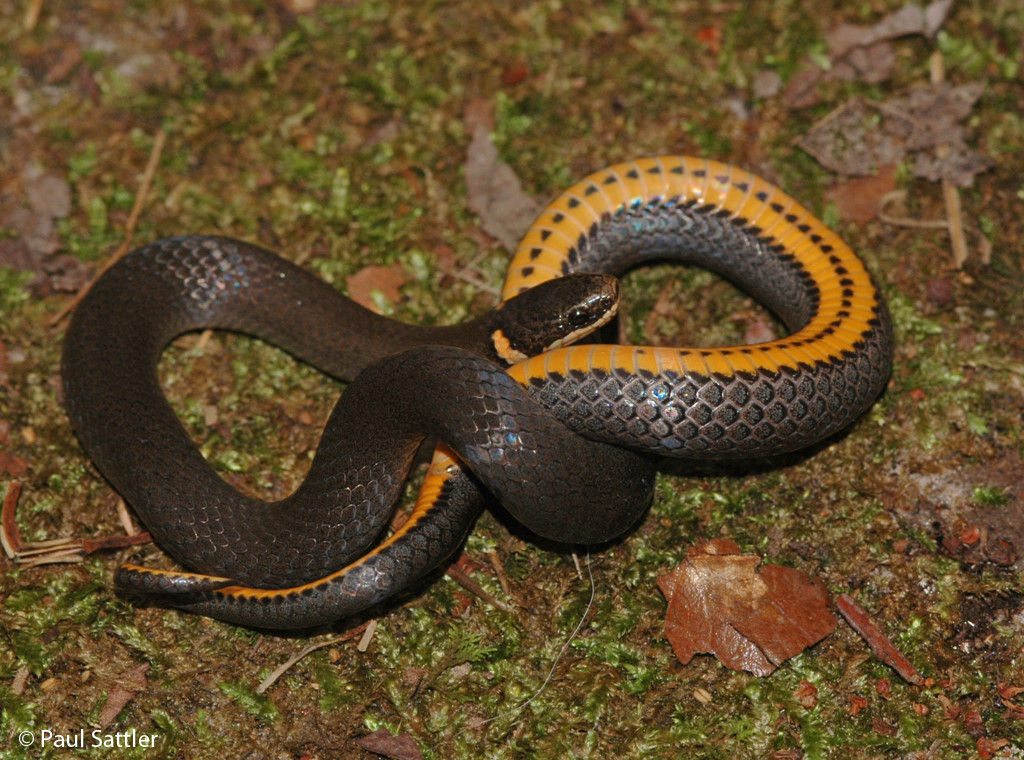 The python also does not eat well during the molting period, when the temperature drops, if there are stress factors in its environment. If the pet does not eat for too long, has become inactive and drowsy, has lost weight and lost weight, contact a specialist;
The python also does not eat well during the molting period, when the temperature drops, if there are stress factors in its environment. If the pet does not eat for too long, has become inactive and drowsy, has lost weight and lost weight, contact a specialist; - live rodents, especially rats and hamsters, can gnaw on a python. Therefore, if the snake is not interested in prey, it is better to postpone feeding for a day or two and remove the rat from the terrarium.
Reptilife for python health
To maintain the snake's health, provide it with the necessary vitamins and microelements, including during active growth or molting, the Reptilife Powder vitamin and mineral complex will help. The feed supplement was created specifically for reptiles, taking into account their needs, it contains vitamins A, K3, C, D, E, vitamins of group B. It will allow you to cope with beriberi, normalize metabolism, and recover from illness. It is convenient to use the supplement when the python has already switched to eating thawed food.